Home>Interior Design>Should I Sleep With A Pillow Between My Legs?
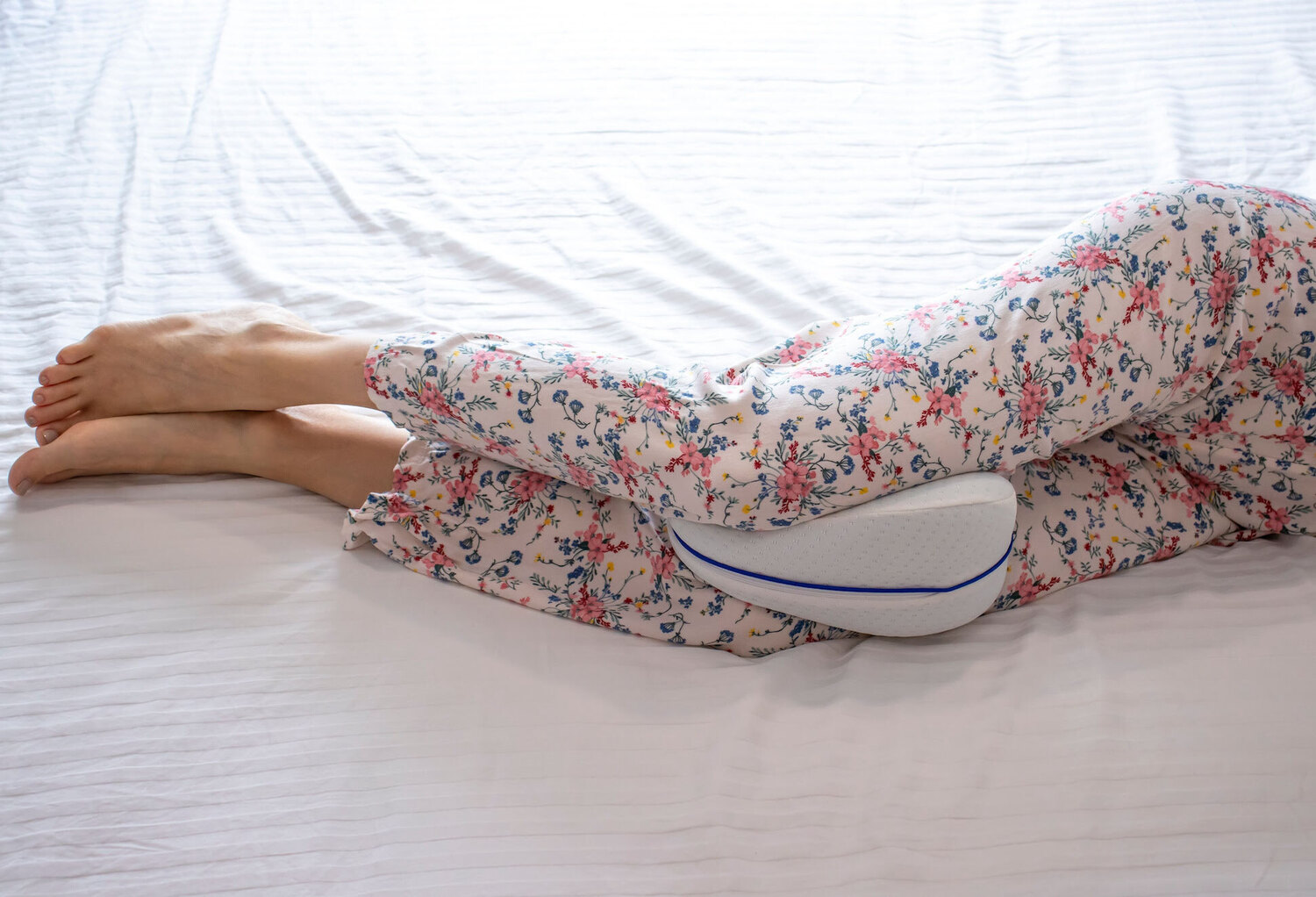

Interior Design
Should I Sleep With A Pillow Between My Legs?
Modified: January 19, 2024
Discover the benefits of using a pillow between your legs for a better night's sleep. Our interior design tips will help you find the perfect pillow position to improve your comfort and overall well-being.
(Many of the links in this article redirect to a specific reviewed product. Your purchase of these products through affiliate links helps to generate commission for Storables.com, at no extra cost. Learn more)
Introduction
When it comes to getting a good night’s sleep, the position we sleep in plays a crucial role in our overall comfort and well-being. Many people often wonder whether it is beneficial to sleep with a pillow between their legs. The answer, in most cases, is a resounding yes. But why is this? And what are the benefits of sleeping with a pillow between your legs? In this article, we will explore the advantages of this simple yet effective sleep position and delve into the different types of pillows that can be used for leg positioning.
Key Takeaways:
- Sleeping with a pillow between your legs can improve spine and hip alignment, reduce back and hip pain, enhance blood circulation, and provide overall comfort for a better night’s sleep.
- Choosing the right pillow and maintaining proper sleep hygiene are essential for maximizing the benefits of sleeping with a pillow between your legs. Experiment with different pillow sizes and materials to find the most comfortable and supportive option for your needs.
Read also: 9 Best Leg Pillows For Sleeping for 2025
Benefits of Sleeping with a Pillow Between Your Legs
Sleeping with a pillow between your legs can have several positive effects on your body, from improving your spine and hip alignment to reducing back and hip pain. Let’s explore some of the key benefits in detail:
- Proper Alignment of Spine and Hips: When we sleep on our sides, our legs can rest on top of each other, causing misalignment of the spine and hips. Placing a pillow between your legs helps to maintain proper alignment, reducing strain on these areas and promoting better posture while you sleep. This can be especially beneficial for those who suffer from conditions such as scoliosis or arthritis.
- Reduction of Back and Hip Pain: Many individuals experience back and hip pain, particularly when lying on their sides. The pillow acts as a cushion and provides support, alleviating pressure on these sensitive areas. By redistributing weight and relieving strain, sleeping with a pillow between your legs can help reduce pain and improve comfort throughout the night.
- Improved Blood Circulation: Placing a pillow between your legs helps to elevate your top leg slightly, which can enhance blood circulation. This is especially important for pregnant women or individuals with medical conditions that affect circulation, as it can reduce the risk of developing blood clots and prevent swelling in the legs.
- Enhanced Comfort and Quality of Sleep: Sleeping with a pillow between your legs can significantly improve comfort and the overall quality of your sleep. By providing support and reducing pressure points, it helps you relax and achieve a deeper, more restorative sleep. Plus, the added cushioning can prevent you from tossing and turning during the night, minimizing disruptions and helping you stay in a comfortable position.
Proper Alignment of Spine and Hips
Proper alignment of the spine and hips is crucial for maintaining good posture and overall spinal health. When we sleep on our sides without any support, our top leg can pull down on the lower leg, causing misalignment and placing strain on the spine and hips. Placing a pillow between your legs helps to keep the legs parallel and in line with the hips, allowing for proper alignment throughout the night.
By maintaining proper alignment, you can prevent the development of issues such as sciatica, where the sciatic nerve gets compressed or irritated. This can lead to pain, tingling, and numbness that radiates down the back of the leg. Furthermore, misalignment can also contribute to conditions such as hip bursitis or hip osteoarthritis, causing discomfort and limiting mobility.
Sleeping with a pillow between your legs helps to distribute weight evenly and reduces the pressure on the spine and hips. This can offer relief for those who suffer from chronic back or hip pain. It also helps to alleviate discomfort caused by conditions such as scoliosis or arthritis, as it supports the natural curvature of the spine and reduces the strain on affected joints.
Additionally, maintaining proper alignment of the spine and hips during sleep can prevent long-term issues such as postural imbalances or vertebral subluxations. These misalignments can lead to a host of problems, including muscle imbalances, decreased range of motion, and increased risk of injury. By using a pillow to support the legs and maintain alignment, you can promote spinal health and reduce the chances of developing these issues.
Overall, sleeping with a pillow between your legs helps to keep your spine and hips in a neutral position, minimizing stress on the joints and supporting proper alignment. This can have long-term benefits for your posture, spinal health, and overall well-being.
Reduction of Back and Hip Pain
Back and hip pain can significantly impact your quality of life and disrupt your sleep. Many individuals experience discomfort in these areas, especially when sleeping on their sides. Fortunately, sleeping with a pillow between your legs can help alleviate back and hip pain, providing much-needed relief. Here’s how it works:
When you sleep on your side without any support, your top leg may pull down on the lower leg, causing an imbalance and placing strain on the back and hips. This can lead to muscle tension, joint misalignment, and increased pressure on the lumbar spine. By placing a pillow between your legs, you provide support and cushioning, which helps to maintain proper alignment and reduce the strain on these areas.
The pillow effectively acts as a buffer, keeping the legs parallel and preventing them from pressing against each other. This alignment helps to distribute your body weight more evenly, reducing pressure points and minimizing the stress on your back and hips. As a result, you may experience a decrease in pain and discomfort, allowing for a more restful and uninterrupted night’s sleep.
Sleeping with a pillow between your legs can be particularly beneficial for individuals who suffer from conditions such as sciatica, where the sciatic nerve becomes compressed or irritated. The cushioning provided by the pillow can help alleviate the pressure on the nerve, reducing pain, tingling, and numbness that may radiate down the leg.
Additionally, if you have hip issues such as bursitis or osteoarthritis, sleeping with a pillow between your legs can offer relief. The pillow provides support and helps to maintain proper alignment of the hips, reducing the strain placed on the affected joints. This can alleviate pain and stiffness, allowing you to sleep more comfortably throughout the night.
By reducing back and hip pain, sleeping with a pillow between your legs can improve your overall sleep quality and help you wake up feeling refreshed and rejuvenated. Remember to choose a pillow that is firm enough to provide support but soft enough to remain comfortable. Experiment with different pillow sizes and materials to find the one that works best for you.
Improved Blood Circulation
Proper blood circulation is essential for maintaining overall health and well-being. When blood flow is restricted, it can lead to various health issues, including swelling, numbness, and increased risk of blood clots. Sleeping with a pillow between your legs can actually help improve blood circulation, especially when you sleep on your side. Here’s how it works:
When you sleep on your side, your top leg can press and rest on the lower leg, causing compression and restricting blood flow. This compression can lead to decreased circulation, particularly in the lower extremities. By placing a pillow between your legs, you elevate your top leg slightly, which helps to alleviate the pressure and promote better blood circulation.
Improved blood circulation has several benefits for your overall health. It can reduce the risk of blood clots in the legs, known as deep vein thrombosis (DVT). DVT can be a serious condition that can lead to complications if left untreated. By promoting blood flow and preventing stagnant blood in the legs, sleeping with a pillow between your legs can minimize the risk of developing DVT.
Furthermore, improved blood circulation can prevent swelling in the legs and feet, which is a common issue, especially during pregnancy or for individuals who stand or sit for long periods. The elevation provided by the pillow helps to reduce fluid retention and prevent edema, allowing for better circulation and reducing discomfort and swelling.
Additionally, enhanced blood flow can improve overall oxygen and nutrient delivery to the muscles and tissues, aiding in their repair and rejuvenation. This can be particularly beneficial for athletes or individuals recovering from injuries, as it supports the body’s natural healing process.
By ensuring proper blood circulation through the use of a pillow between your legs, you can promote better overall health, reduce the risk of certain conditions, and enhance your sleep quality. Experiment with different pillow sizes and types to find the one that provides the most comfort and support for your legs and promotes optimal blood flow.
Sleeping with a pillow between your legs can help align your hips and reduce strain on your lower back. It can also improve circulation and reduce pressure on your knees.
Enhanced Comfort and Quality of Sleep
Getting a good night’s sleep is essential for our overall well-being and functioning throughout the day. One of the key benefits of sleeping with a pillow between your legs is the enhanced comfort and improved quality of sleep it provides. Let’s explore how this simple adjustment can make a significant difference:
When you sleep on your side without any support, your legs may rub against each other, causing discomfort and friction. Placing a pillow between your legs acts as a cushion, providing a soft barrier and preventing direct contact between your legs. This reduces any irritation and allows you to sleep more comfortably throughout the night.
Moreover, the pillow helps to alleviate pressure points by properly aligning your legs and keeping your spine in a neutral position. This relieves stress on your joints and muscles, resulting in a more relaxed and comfortable sleep experience. By reducing pain and tension, you can fall asleep more easily and enjoy a deeper, more restful sleep.
The added support and cushioning also minimize the need to toss and turn during the night. Without a pillow between your legs, you may find yourself constantly readjusting and searching for a position that offers relief. By providing stability and support, the pillow helps you maintain a comfortable posture, reducing the need for constant movement and ensuring a more uninterrupted sleep.
Sleeping with a pillow between your legs can also be particularly beneficial for individuals who are pregnant. As pregnancy progresses, the weight of the belly can strain the lower back and hips. Placing a pillow between the legs helps to alleviate this pressure and offers support for the growing belly, allowing for a more comfortable sleep position.
Lastly, the enhanced comfort and quality of sleep provided by a pillow between your legs can have a positive impact on your overall mood and well-being. When you wake up feeling rested and refreshed, you are more likely to approach the day with a positive mindset and higher energy levels.
In summary, sleeping with a pillow between your legs offers enhanced comfort and improves the quality of your sleep. By providing a cushioning barrier, relieving pressure points, and promoting proper alignment, it allows for a more restful and rejuvenating sleep experience. Experiment with different pillow sizes and materials to find the one that provides optimal comfort and support for your legs.
Different Types of Pillows for Leg Positioning
When it comes to finding the perfect pillow for leg positioning while sleeping, there are several options available to choose from. Each type of pillow offers unique features and benefits, catering to different preferences and needs. Let’s explore some of the most commonly used pillows for leg positioning:
- Knee Pillow: Knee pillows are specifically designed to fit between the knees and provide support for the legs and hips. They are typically made of memory foam or contouring materials that mold to the shape of the legs. Knee pillows help to align the spine and keep the pelvis in a neutral position, reducing strain on the lower back and hips.
- Wedge Pillow: A wedge pillow is a triangular-shaped pillow that can be placed under the knees to elevate the legs while sleeping on your back. This positioning helps to reduce pressure on the lower back and improve blood circulation. Wedge pillows are particularly useful for individuals with conditions such as varicose veins or swelling in the legs.
- Body Pillow: A body pillow is a long pillow that extends the length of your body, providing support for various body parts, including the legs. Body pillows can be wrapped between the legs or placed under the knees to promote proper alignment and reduce pressure points. They offer versatility and can be adjusted to suit individual sleep preferences.
- Regular Pillow: If you don’t have a specialized pillow on hand, a regular pillow can still be used for leg positioning. Fold a pillow in half or roll it up and place it between your legs, ensuring it is of the appropriate thickness and firmness to provide support and maintain alignment.
When choosing a pillow for leg positioning, consider factors such as your sleep position, the level of support needed, and personal comfort preferences. Opt for pillows made from high-quality materials that are hypoallergenic and breathable to promote airflow and keep you cool throughout the night. It’s also helpful to select a pillow with a removable and washable cover for easy maintenance and cleanliness.
Remember, the goal is to find a pillow that properly supports and aligns your legs, reducing pressure on the spine and promoting optimal sleep posture. Experiment with different types of pillows and positions until you find the one that offers the most comfort and improves your sleep quality.
How to Sleep with a Pillow Between Your Legs
Sleeping with a pillow between your legs may seem simple, but there are a few key considerations to keep in mind to ensure maximum comfort and effectiveness. Follow these steps to properly sleep with a pillow between your legs:
- Select the Right Pillow: Choose a pillow that is the appropriate size and firmness for your comfort. It should be soft enough to provide cushioning but firm enough to offer support and maintain proper alignment.
- Start in a Comfortable Position: Get into your preferred sleeping position, whether it’s on your side or back. You can experiment with different positions to find the one that feels most comfortable for you.
- Place the Pillow: If sleeping on your side, gently place the pillow between your legs, starting from your upper thigh down to your ankles. Ensure the pillow is positioned as close to your crotch as possible to help keep your legs and hips properly aligned. If sleeping on your back, place the pillow under your knees to elevate your legs slightly.
- Adjust for Comfort: Once the pillow is in place, make any necessary adjustments to ensure it feels comfortable and supportive. You may need to shift the pillow slightly to find the optimal position that alleviates pressure and promotes proper alignment.
- Keep legs Parallel: It’s essential to keep your legs parallel and avoid crossing them, as this can put strain on the hips and spine. Check that the pillow is providing enough support to prevent your top leg from pulling down on the lower leg.
- Relax and Sleep: Once you’ve found a comfortable position and ensured that your legs are properly supported, relax and allow yourself to drift off to sleep. Enjoy the added comfort and benefits of sleeping with a pillow between your legs.
Remember, finding the right position and pillow placement may take some experimentation. It’s important to listen to your body and make any necessary adjustments to ensure comfort and provide the maximum benefits of sleeping with a pillow between your legs.
Tips and Considerations
Sleeping with a pillow between your legs can offer numerous benefits, but it’s important to keep a few tips and considerations in mind to optimize your experience. Here are some key tips to enhance the effectiveness and comfort of using a pillow between your legs:
- Choose the Right Pillow: As previously mentioned, selecting the right pillow is crucial. Consider factors such as size, firmness, and material. Memory foam, contouring, or orthopedic pillows are popular choices as they provide both support and comfort.
- Position the Pillow Correctly: Ensure that the pillow is positioned properly between your legs. For side sleepers, the pillow should be placed between the knees from the upper thigh down to the ankles. Back sleepers can place it under the knees to elevate the legs slightly.
- Experiment with Pillow Size: If the pillow you initially try doesn’t provide the desired comfort or support, don’t be afraid to experiment with different sizes and thicknesses. Find the one that suits your body type and sleep position the best.
- Combine with a Supportive Mattress: Sleeping with a pillow between your legs is most effective when combined with a supportive mattress. A mattress that properly supports your body’s natural alignment can enhance the benefits of leg positioning and improve overall sleep quality.
- Maintain Proper Sleep Hygiene: In addition to using a pillow between your legs, make sure you follow good sleep hygiene practices. This includes creating a comfortable sleep environment, setting a regular sleep schedule, avoiding stimulants before bed, and practicing relaxation techniques to promote better sleep.
- Consult with a Healthcare Professional: If you have specific medical conditions or suffer from chronic pain, it’s always a good idea to consult with a healthcare professional. They can provide personalized advice and recommendations tailored to your needs.
- Consider Other Sleep Positions: While sleeping on your side with a pillow between your legs is beneficial for many people, it might not be suitable for everyone. If you find it uncomfortable or it exacerbates any existing discomfort, try other sleep positions that allow for proper alignment and pain relief.
Remember, individual preferences and needs can vary, so it’s important to find what works best for you. Pay attention to your body and make adjustments as necessary to ensure a comfortable and restful sleep with a pillow between your legs.
Conclusion
Sleeping with a pillow between your legs can have a significant impact on your comfort and overall sleep quality. By promoting proper alignment of the spine and hips, reducing back and hip pain, improving blood circulation, and enhancing overall comfort, this simple adjustment can make a big difference in your sleep experience. From knee pillows to body pillows, there are various options available to suit different preferences and needs.
When sleeping with a pillow between your legs, it’s important to choose the right pillow for your comfort and support needs. Position the pillow correctly between your legs, keeping them parallel and avoiding crossing them. Experiment with different pillow sizes and materials to find the one that offers the most comfort and support for your legs. Additionally, combining a supportive mattress with leg positioning can further enhance the benefits and promote better sleep.
Remember to maintain proper sleep hygiene practices and consult with a healthcare professional if you have specific medical conditions or concerns. While sleeping with a pillow between your legs is generally beneficial, it may not be suitable for everyone. Listen to your body and make adjustments as needed to ensure a comfortable and restful sleep.
Overall, sleeping with a pillow between your legs can improve your sleep quality, reduce pain and discomfort, and promote better overall well-being. Give it a try and start experiencing the benefits of this simple yet effective sleep position adjustment.
Frequently Asked Questions about Should I Sleep With A Pillow Between My Legs?
Was this page helpful?
At Storables.com, we guarantee accurate and reliable information. Our content, validated by Expert Board Contributors, is crafted following stringent Editorial Policies. We're committed to providing you with well-researched, expert-backed insights for all your informational needs.
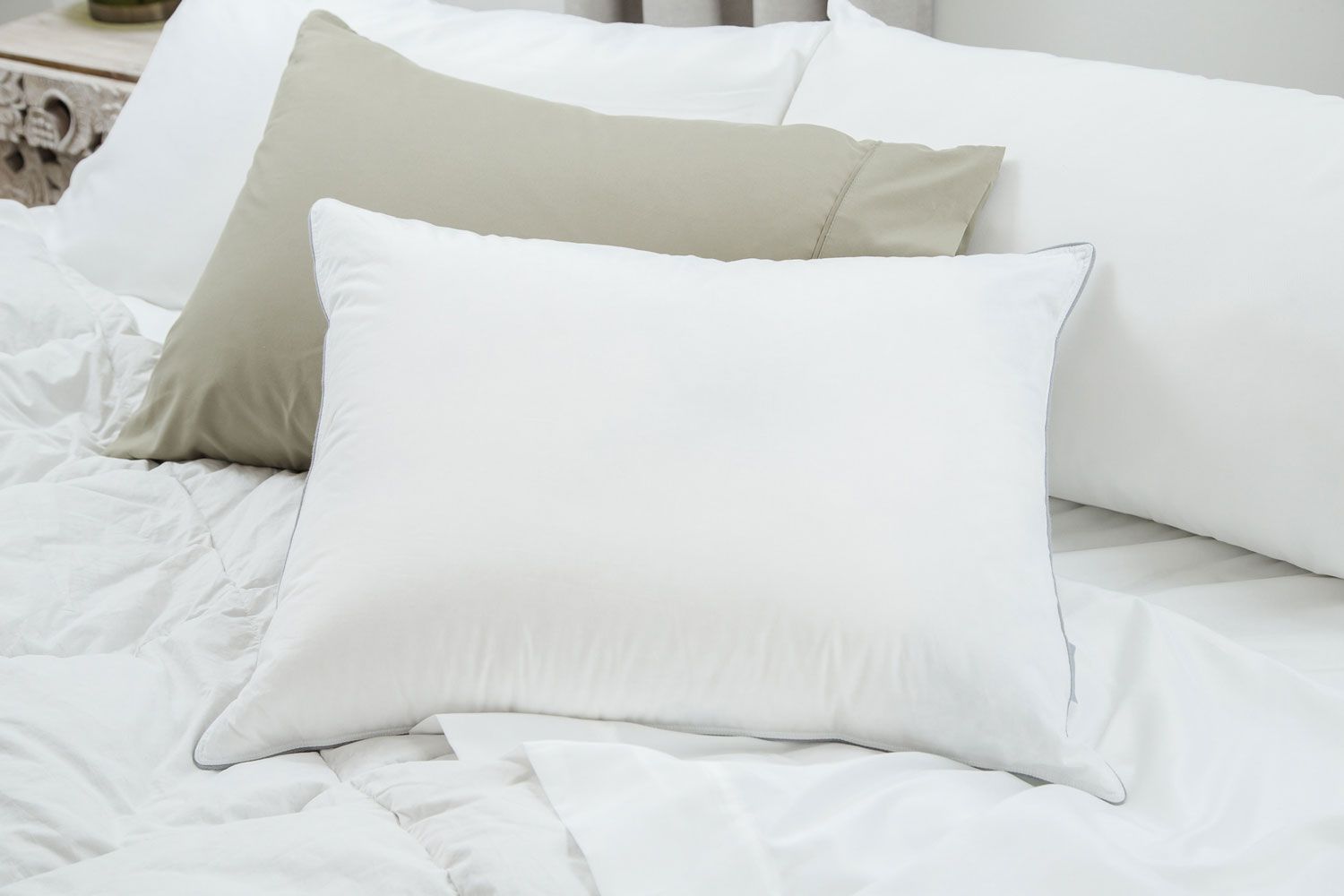
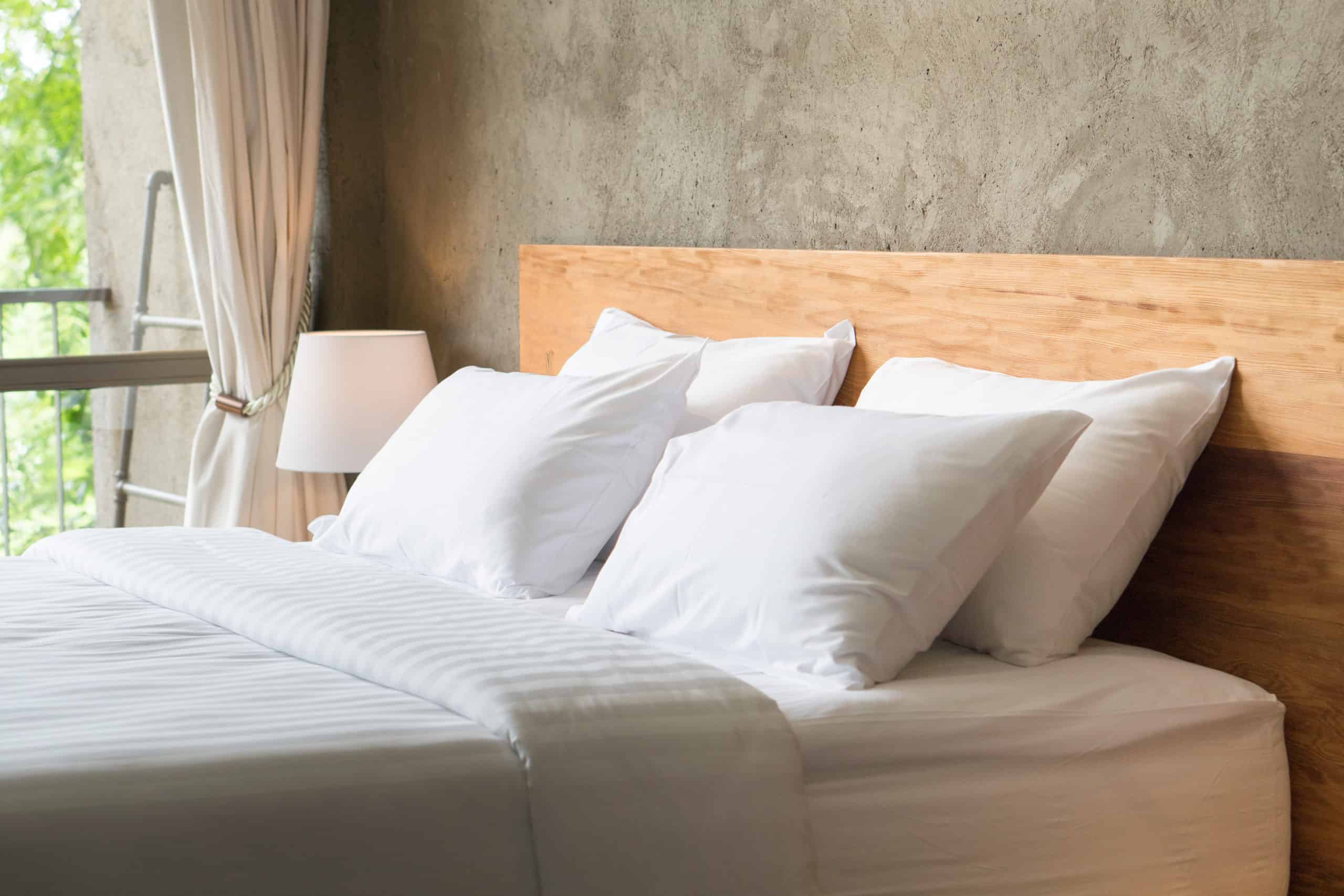



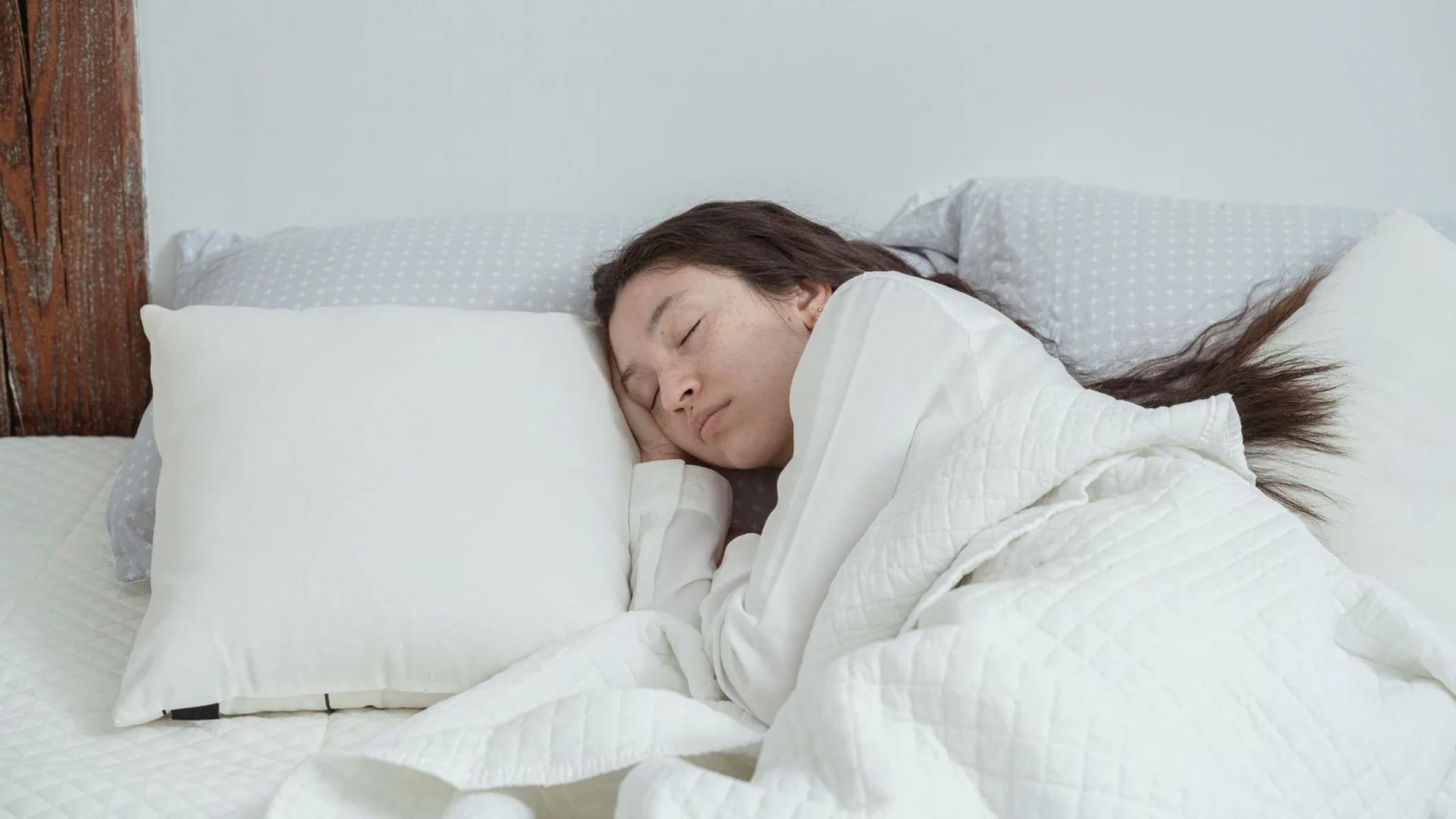



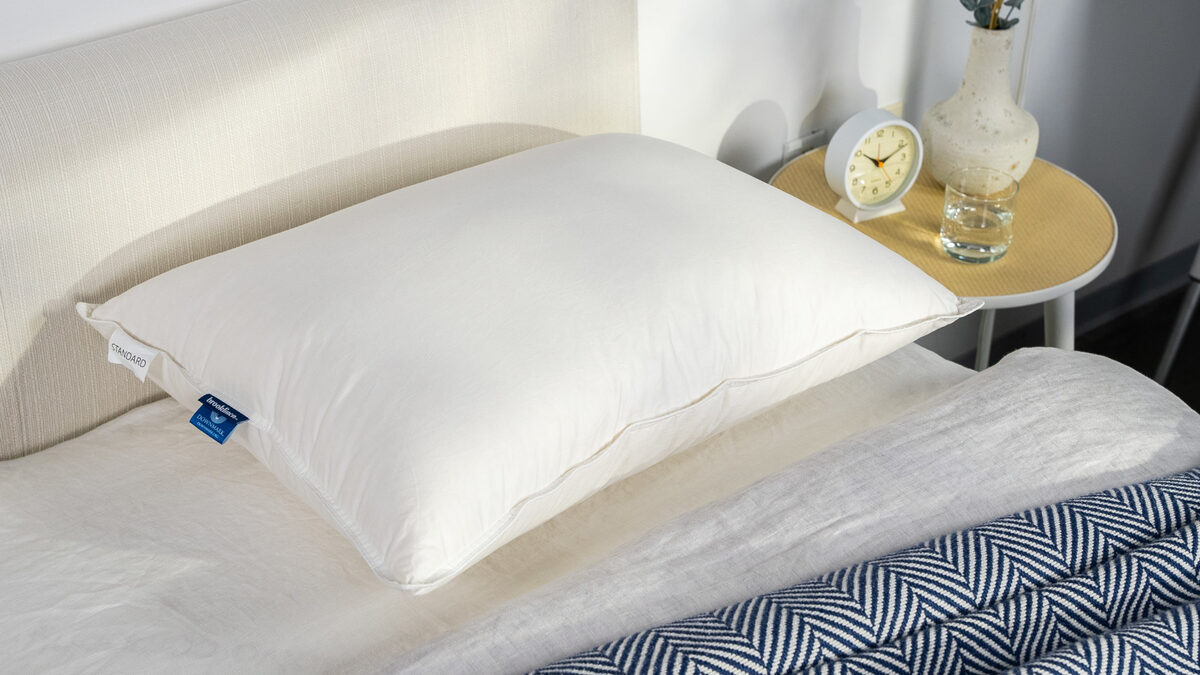

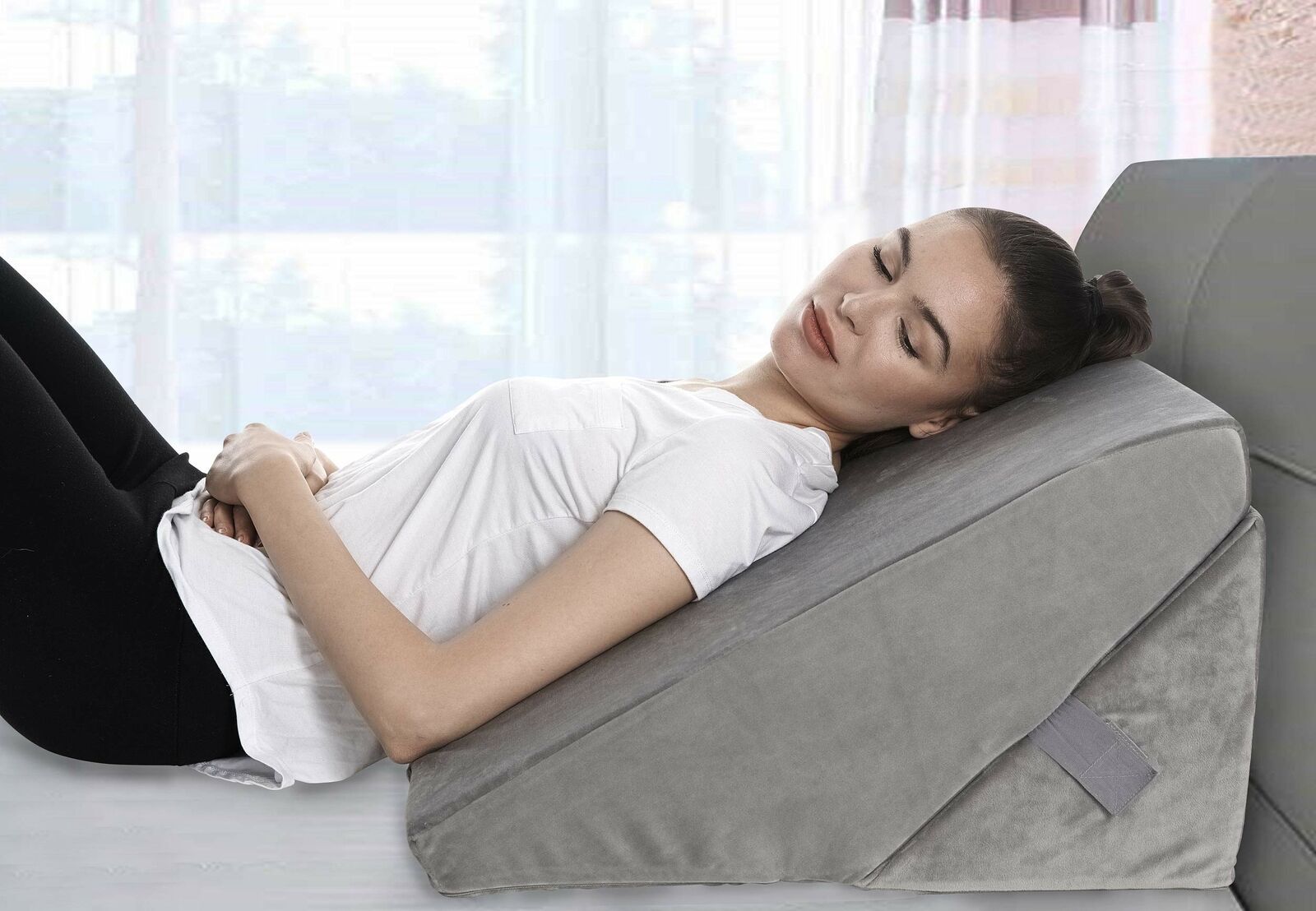
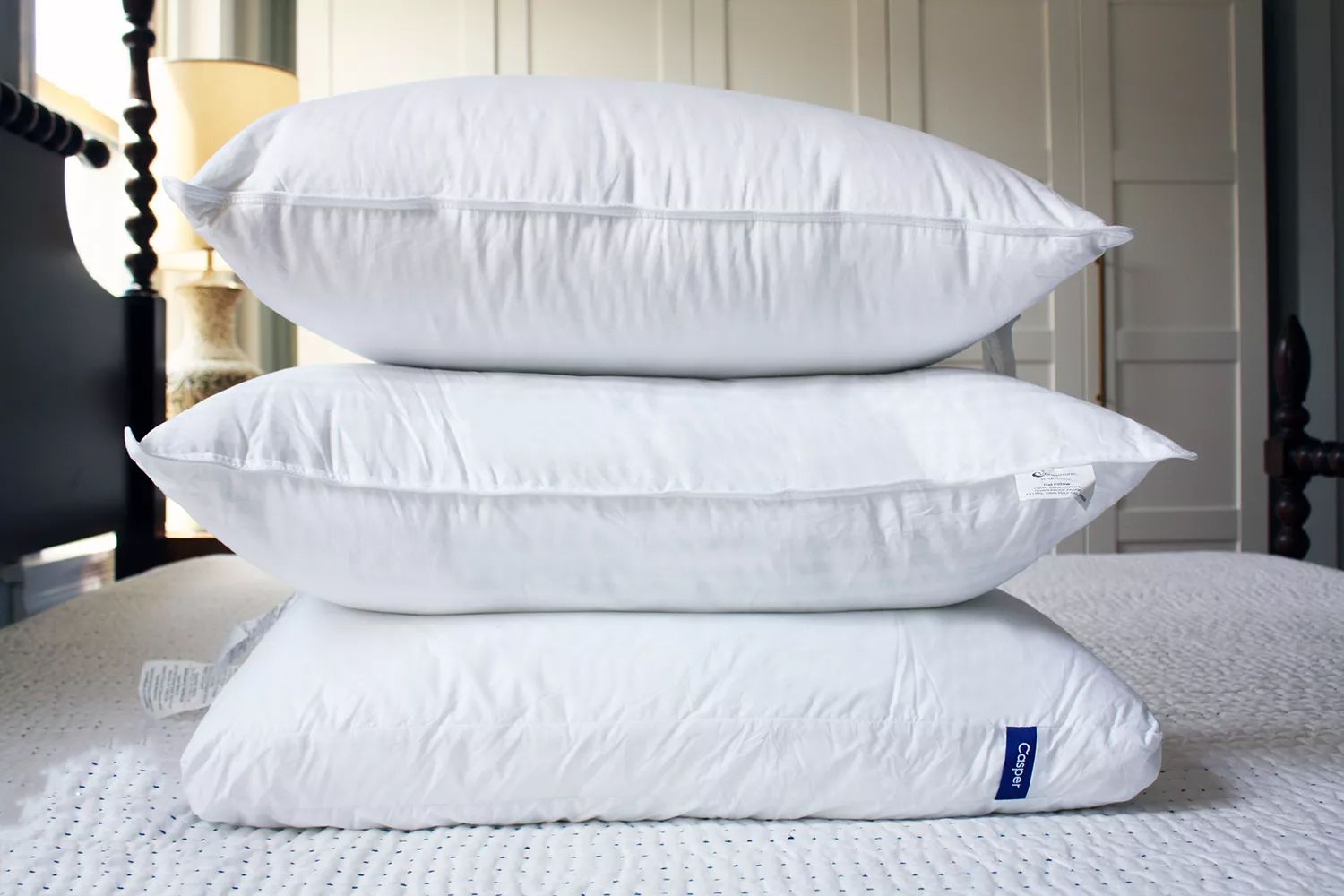

0 thoughts on “Should I Sleep With A Pillow Between My Legs?”